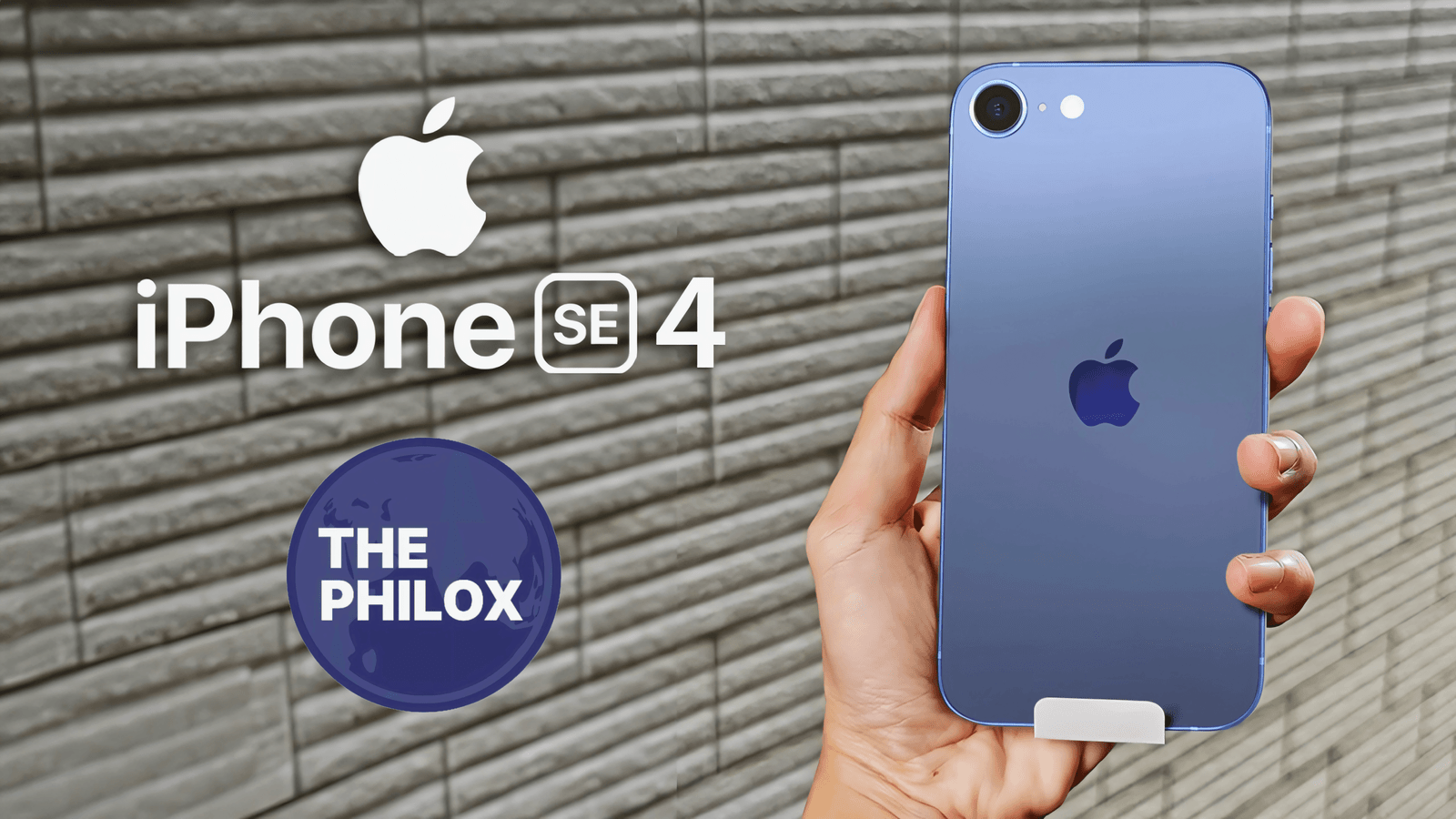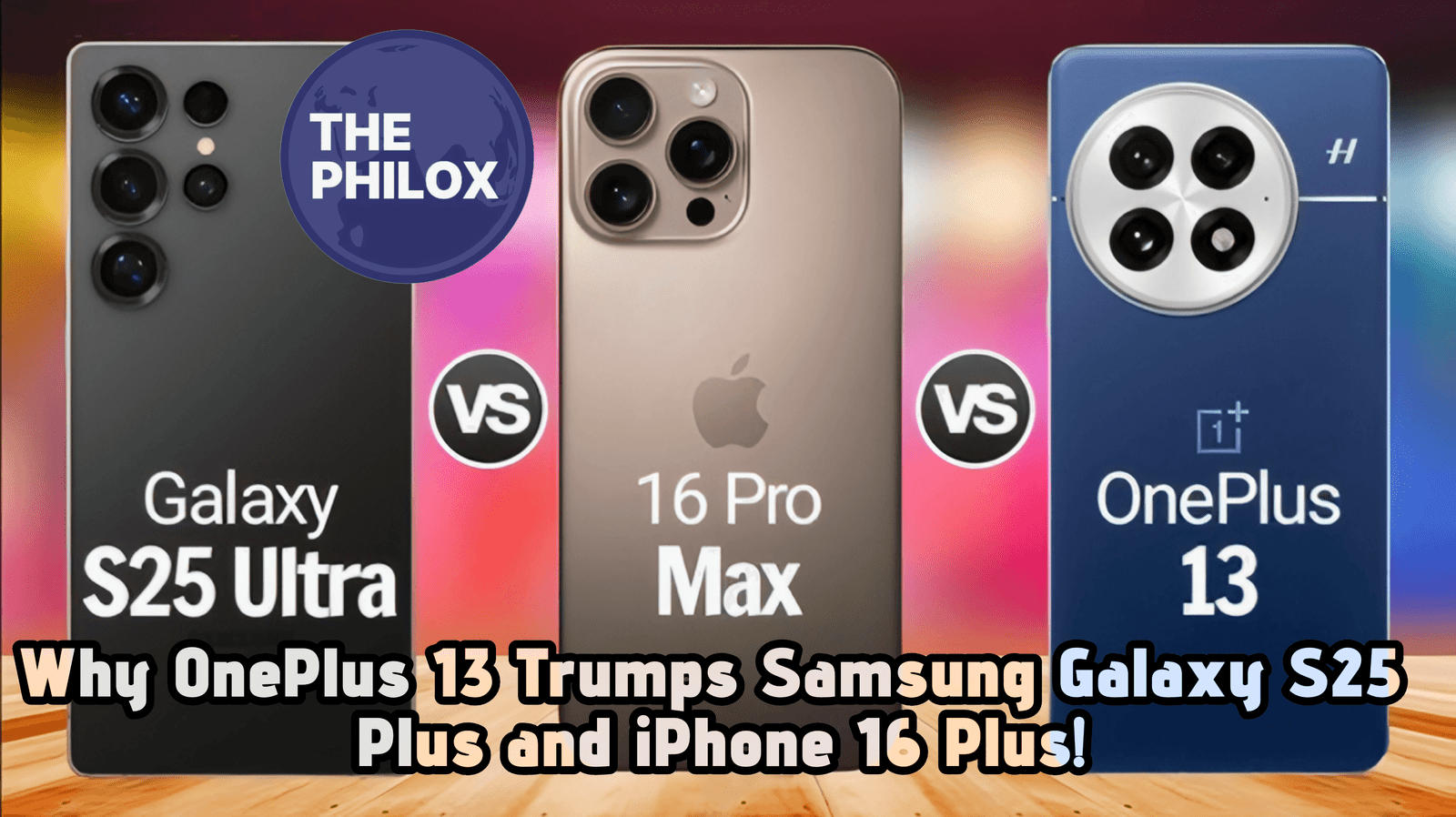The smartphone industry has seen a new trend in folding devices. Brands like Samsung, Motorola, and Huawei have already introduced foldable smartphones.
Although the company has not introduced a foldable iPhone so far, it has been very keenly keeping an eye on the market trend.
Recent reports indicate that Apple is indeed working on the first foldable iPhone, and it might appear in stores sometime in 2026.
The rumored device with a horizontal clamshell-style fold, similar to the Samsung Galaxy Z Flip, has been much talked about by tech enthusiasts and Apple loyalists.
Whereas excitement is building over Apple’s potential entrance into the foldable market, questions remain over how the company intends to provide this technology.
Also, speculation about the next iteration of the iPhone SE—the budget-friendly option on Apple’s product list—raises questions about whether it could use foldable technology.
Going by leaks and industry trends, it’s even less likely that the iPhone SE 4 is going to be Apple’s first foldable device. Instead, the SE 4 is going to be conventional and will adopt the form of features borrowed from the iPhone 14.
iPhone SE 4: Expected Design and Features
The iPhone SE has always been a viable choice for those seeking an affordable yet relatively modern-performance Apple device.
Each iteration of the SE model has taken pieces of the previous iPhone models to make up for the shortcomings of previous models yet retain a sense of familiarity with the older iPhones but at a cheaper price.
Expectedly, the iPhone SE 4 would have less adhesion to that older design model with a home button and Touch ID, which gives it relatively fresher styling.
Rumor-mill consensus features for the pending iPhone SE 4:
1. 6.1-inch OLED Display: Upgrades over the SE line’s past LCD panels
2. Dynamic Island: Like the iPhone 14 Pro line, this will probably make an appearance on the SE 4, further smoothing the usability and interaction of the screen.
3. A16 or A17 Bionic Chip: Apple usually has last-generation flagship processors on the SE line for decent performance.
4. USB-C Charging Port: Apple sports the same USB-C on all of its devices, and it is very likely to be the same with SE 4.
5. Face ID Over Touch ID: There’s a good chance it would also ditch the Touch ID to be dominated by Face ID.
These supposed changes line up the SE lineup with the design revolution at Apple but at a price. Yet, that big question still poses here; would Apple bring foldability to the SE family?
Why iPhone SE 4 Won’t Be a Foldable Device
1. Cost Barriers
Foldable devices require special display technology, hinge mechanisms, and additional structural reinforcement, all of which increase manufacturing costs.
Traditionally, the SE series has been positioned towards budget-conscious customers, so it is unlikely that Apple would release an expensive foldable variant under this brand name.
2. Durability Concerns
Foldable screens, though high-tech, do have a more significant wear-and-tear degree than the normal screen of any smartphone.
The company Apple gives importance to long-term reliability. Therefore, this foldable technology in a low-cost device may have increased repair cost and warranty claims.
3. Market Expectation
Consumers perceive the SE line to be simple, affordable, and long-lasting. A foldable iPhone SE will change the equation of that perception, probably losing followers of the SE line.
The probability is more likely that Apple will offer foldable technology on their high-end iPhone Pro or Ultra product line before trickling it down to budget lines.
Apple’s Foldable iPhone: What to Expect
Although the iPhone SE 4 will not be foldable, there is a wide-spread rumour suggesting that Apple could eventually introduce a foldable iPhone sometime in 2026. Apple is testing a horizontal flip-style fold, as is used on the Samsung Galaxy Z Flip series.
Challenges That Apple Faces with Foldable iPhones
1. Screen Durability: Foldable displays use ultra-thin glass, which creases easily and degrades over a much longer time scale.
2. Hinge Mechanism: A perfect, dust-proof hinge is a prerequisite for the device to feel premium.
3. Software Optimization: The company’s iOS needs huge UI adjustments to fit the foldable form factor.
4. Battery Life: Due to the dual-screen nature, it is prone to consuming more power; in general, effort is necessary for battery efficiency.
5. Competitive Pricing: With both Samsung and Motorola having set the space for foldables, Apple will only benefit if it’s uniquely featured, not with a price that is too much.
Consumer Expectations and Market Trends
The foldable smartphone market is still young and progressing slowly because, despite the high price and fears about durability, not many have adopted it.
But given its progressing production costs and advancing technology, foldable phones are likely to become mainstream in the future.
Known for innovation, Apple has always taken calculated steps in introducing something new only when it meets their strict quality level of refinement.
With its history of shaping industry waves, Apple would be the wild card to entry foldables because, if handled correctly, those issues with primary foldable dilemmas could usher in the market with the likes of the first iPhone Flip — or whatever — setting a fresh benchmark for device durability, usability, and out-of-the-box software experience.
Despite all the huge speculations, the iPhone SE 4 most probably is not going to be that first foldable device from Apple.
The tradition of the SE lineup goes with cost-effectiveness and reliability with not one radical change or design so making a foldable variant pretty impossible in itself.
What’s more probable is that it’ll borrow a design from the iPhone 14 but with critical upgrades like OLED display and Dynamic Island.
There has been a whisper of Apple developing a foldable iPhone, slated for release reportedly in 2026. While it is sure to sport horizontal folding, some of the more significant challenges with this design –
screen durability and battery efficiency would be at a premium, pricing would be competitive – will ensure that Apple really takes its sweet time before an official release in the market.
This would, therefore mean that whilst foldable technology is promising future growth, the first foldable iPhone from Apple would probably enter the pocket of premium users rather than that budget consumer.
Meanwhile, Apple will not have stopped pursuing high-quality production fit on to a relatively tighter budget-a good reason users stick to purchasing such iPhones with Apple’s history in the case of the new iPhone SE 4.
Stay Connected and Share Your Stories
For all those inspired by stories of resilience and ambition, follow us on X/Twitter and on Instagram . For those with untold stories that you would love to share, please send them to contact@thephilox.com




